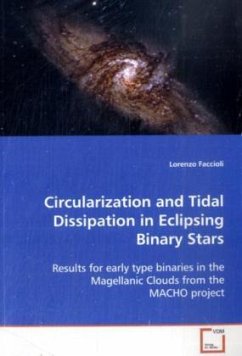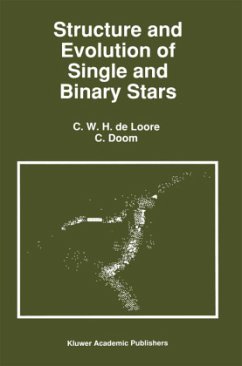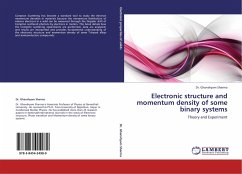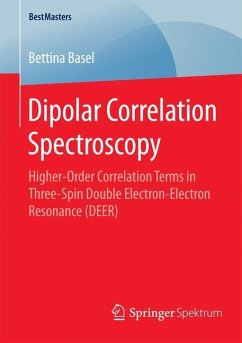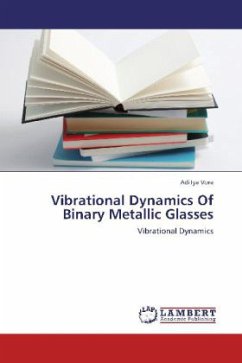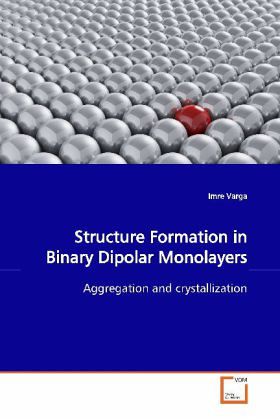
Structure Formation in Binary Dipolar Monolayers
Aggregation and crystallization
Versandkostenfrei!
Versandfertig in 6-10 Tagen
49,00 €
inkl. MwSt.

PAYBACK Punkte
0 °P sammeln!
During the last decades the structure formation in dipolar colloids attracted considerable scientific interest, because the evolving structures can change the mechanical or optical properties of the matter. This unique feature gives rise to a broad spectrum of applications from composite materials manufacturing to waste water treatment. Binary Dipolar Monolayers (BDM) are two dimensional systems containing two sorts of particles with oppositely oriented electric or magnetic dipole moments which are perpendicular to the plane of motion. In such colloidal systems novel crystalline structures, fr...
During the last decades the structure formation in
dipolar colloids attracted considerable scientific
interest, because the evolving structures can change
the mechanical or optical properties of the matter.
This unique feature gives rise to a broad spectrum
of applications from composite materials
manufacturing to waste water treatment. Binary
Dipolar Monolayers (BDM) are two dimensional systems
containing two sorts of particles with oppositely
oriented electric or magnetic dipole moments which
are perpendicular to the plane of motion. In such
colloidal systems novel crystalline structures,
fractal aggregates, molecular crystalline states
occur, furthermore, cluster discrimination can be
observed depending on a few parameters. A detailed
study of BDMs based on experiments and computer
simulations is presented for those who are
interested in the statistical physics of soft matter.
dipolar colloids attracted considerable scientific
interest, because the evolving structures can change
the mechanical or optical properties of the matter.
This unique feature gives rise to a broad spectrum
of applications from composite materials
manufacturing to waste water treatment. Binary
Dipolar Monolayers (BDM) are two dimensional systems
containing two sorts of particles with oppositely
oriented electric or magnetic dipole moments which
are perpendicular to the plane of motion. In such
colloidal systems novel crystalline structures,
fractal aggregates, molecular crystalline states
occur, furthermore, cluster discrimination can be
observed depending on a few parameters. A detailed
study of BDMs based on experiments and computer
simulations is presented for those who are
interested in the statistical physics of soft matter.




